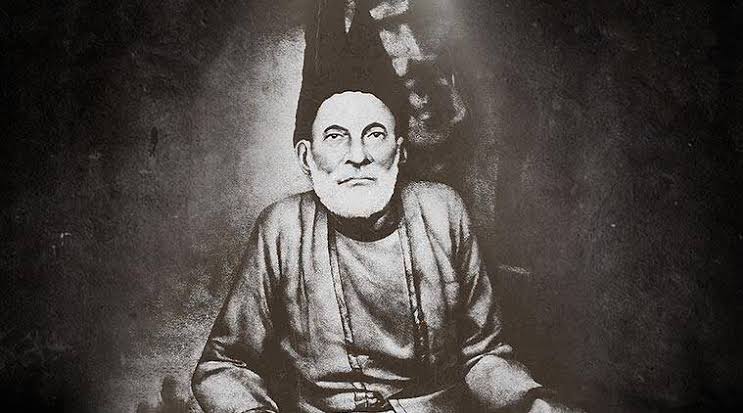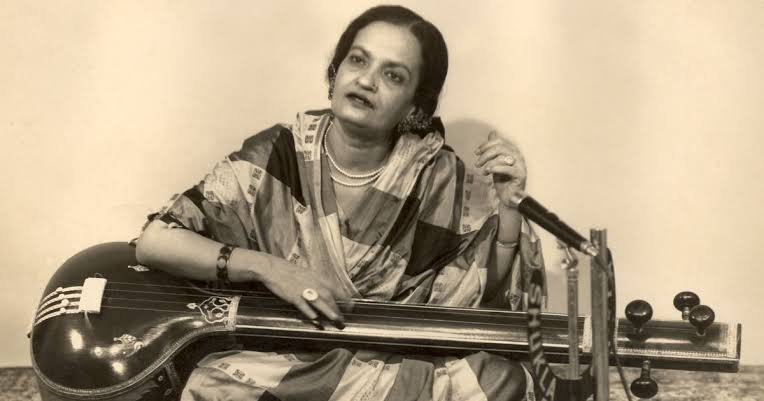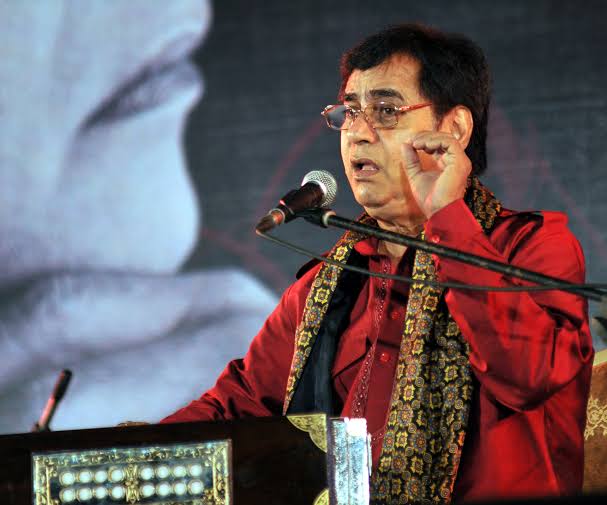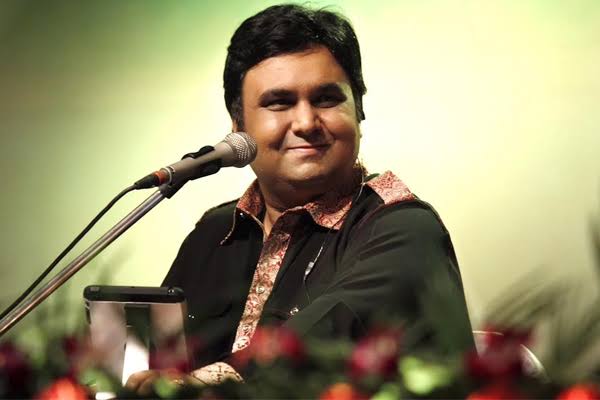Be it Jagjit Singh’s casettes or Ali Seth’s new age singles, ghazals have acquired a popular flavor amongst listeners in India, Pakistan, and the South-Asian diaspora since the past few decades. But a few centuries ago, the ghazal evolved as a niche form of poetry to express divine notions of romance. Here are a few facts that would help you understand the history of this unique poetry and music genre.
The Origin
The ghazal as a form of poetry that originated from Arabic traditions in 7th century. It’s only when Sufi saints began migrating to India under Islamic Sultanates that ghazals began spreading in the country. The mystics actually used ghazals to express their unconditional and divine love to the Almighty (an undefined force of creation). It’s much later that ghazals acquired the modern form as a romantic genre.
The Structure
A ghazal commonly consists of five to fifteen couplets, which are independent, but are also linked. This link can be abstract in their theme. Most of the themes of ghazals dwell on love and seperation. In the 18th century, ghazals were increasingly written in Urdu (as is the modern form) with Mirza Ghalib being a major proponent.

Filmi-Ghazal
The tradition of adding Urdu ghazals in Indian films began with the first ever Indian talkie Alam Ara (1931). Since then, ghazals have been popular from the 1930s to the 1960s. Meanwhile, non-film ghazals were popularised by Begum Akhtar and Mehdi Hassan. Popular playback singers like Lata Mangeshkar and Mohammed Rafi kept on singing ghazals but the popularity in films started waning out. It’s only with the 1990 Hindi film Aashiqui that ghazals started making a comeback.

Jagjit Singh’s Changes to Ghazals
While Mehdi Hassan is regarded as the king of ghazals, it was Jagjit Singh who brought ghazal music to the masses making it more mainstream. Jagjit Singh defied the genre by introducing Western instrumentation apart from the usual Hindustani classical routine. The 12-string guitar and bass guitar were essential in many of his songs. Further, despite his pathbreaking changes, he ‘never diluted the essence of ghazals’, notes sitar player Tushar Bhatia. Jagjit Singh was simply a modernist trying to create something new.

Ghazal Fusion
Today, the ghazal is being significantly reinterpreted by mixing it with other genres. For instance, Rashmi Agarwal mixes jazz melodies in her ghazal vocals with her band The Z Factor. Similarly, Tauseef Akhtar has created his own genre of music which he likes to call ghazalaw. The ghazalaw blends ghazals with Celtic music. Akhtar explains the connection, ‘Since both styles are based on romantic poetry, they have a lot of similarities,’. He has had successful ghazalaw shows in India and the UK.








